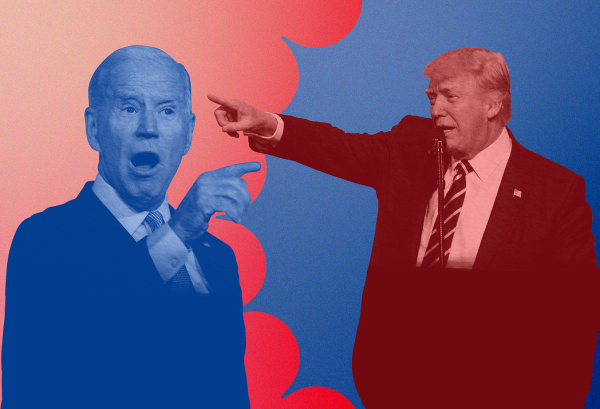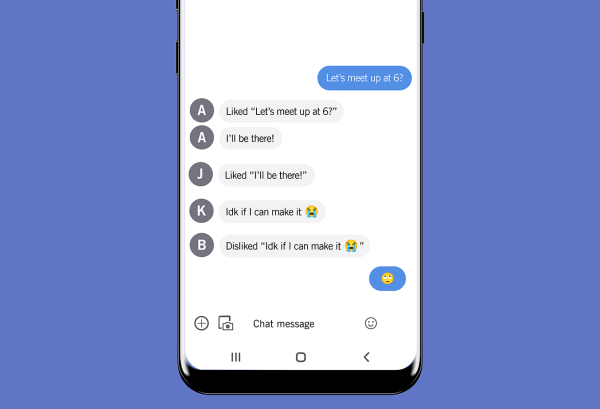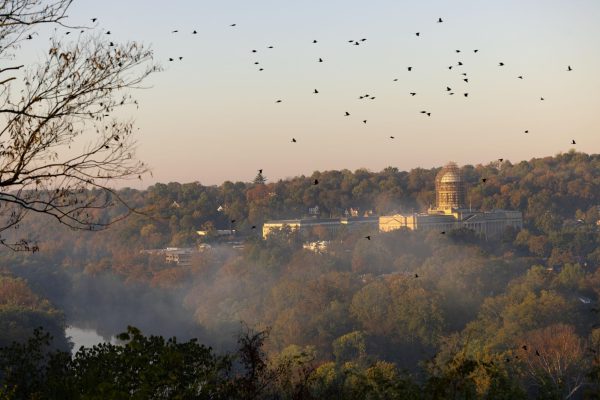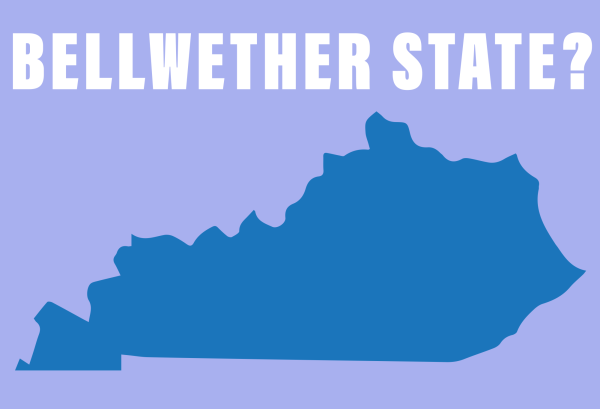Bowling Green mourns massacre victims
February 13, 2017
The Bowling Green Massacre was a tragic event that affected many families in the Bowling Green, Kentucky area. The community truly joined together to work through such a difficult time.
Okay, not really.
When Kellyanne Conway referenced the “Bowling Green Massacre” in an interview on MSNBC, Many residents thought of the years spent in their hometown. Obviously, none of those memories included a massacre.
Whenever something tragic occurs somewhere in the world, like the Paris or Orlando attacks, social media is consumed by news of that event. This incident taught us that the same is true of fake tragedies, though in this case people were sharing jokes instead of prayers.
But why all of the jokes? Why did a mistake that Conway later apologized for draw so much attention in the first state that went red on election night?
Kentuckians don’t see themselves in the news all that often. The little thrill of excitement was felt when people’s hometown, well-known only within its own state, was trending on Twitter and later used as material on Saturday Night Live.
Many made sure to use #BowlingGreenMassacre on Twitter to make sure that everyone knew that while people across the country or even the world could make all the jokes they wanted about a town they had never heard of, it was a special place to others.
Conway apologized for her misspeaking, and the true story has been widely circulated by now. However, that doesn’t erase the phrase “Bowling Green Massacre” from the internet or, more importantly, from people’s minds.
Now Bowling Green is most well-known for something that never actually happened.
More people know Bowling Green as home to the massacre that never was than as home to an underground boat ride. More people know Bowling Green as a meme than as the place where every Corvette is made. More people know what Bowling Green is not than what it is.
That’s the true harm of fake news. Not that it can’t be corrected, but that it can’t be erased. It offers an untrue or incomplete picture of a person or place. More harmful than people who only know Bowling Green as the location of a fake massacre are the people who think there was a real one.
So what did this teach us? Three things: further research is important, politicians still aren’t perfect and people from my Bowling Green can be really funny with the right material.
Email [email protected]



















































































































































